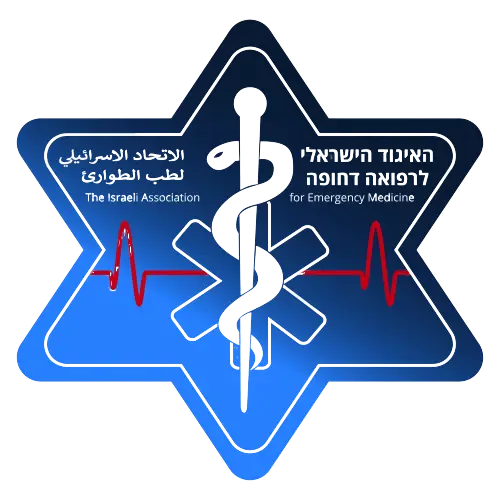Apr 10, 2024
Contributor: Ricky Dhaliwal, MD
Educational Pearls:
-
Takotsubo cardiomyopathy, also known as “broken heart syndrome,” is a temporary heart condition that can mimic the symptoms of a heart attack, including troponin elevations and mimic STEMI on ECG.
-
The exact cause is not fully understood, but it is often triggered by severe emotional or physical stress. The stress can lead to a surge of catecholamines which affects the heart (multivessel spasm/paralysed myocardium).
-
The name “Takotsubo” comes from the Japanese term for a type of octopus trap, as the left ventricle takes on a distinctive shape resembling this trap during systole. The LV is dilated and part of the wall becomes akenetic. These changes can be seen on ultrasound.
-
The population most at risk for Takotsubo are post-menopausal women.
-
Coronary angiography is one of the only ways to differentiate Takotsubo from other acute coronary syndromes.
-
Most people with Takotsubo cardiomyopathy recover fully.
References
-
Amin, H. Z., Amin, L. Z., & Pradipta, A. (2020). Takotsubo Cardiomyopathy: A Brief Review. Journal of medicine and life, 13(1), 3–7. https://doi.org/10.25122/jml-2018-0067
-
Bossone, E., Savarese, G., Ferrara, F., Citro, R., Mosca, S., Musella, F., Limongelli, G., Manfredini, R., Cittadini, A., & Perrone Filardi, P. (2013). Takotsubo cardiomyopathy: overview. Heart failure clinics, 9(2), 249–x. https://doi.org/10.1016/j.hfc.2012.12.015
-
Dawson D. K. (2018). Acute stress-induced (takotsubo) cardiomyopathy. Heart (British Cardiac Society), 104(2), 96–102. https://doi.org/10.1136/heartjnl-2017-311579
-
Kida, K., Akashi, Y. J., Fazio, G., & Novo, S. (2010). Takotsubo cardiomyopathy. Current pharmaceutical design, 16(26), 2910–2917. https://doi.org/10.2174/138161210793176509
Summarized by Jeffrey Olson MS2 | Edited by Jorge Chalit, OMSII









